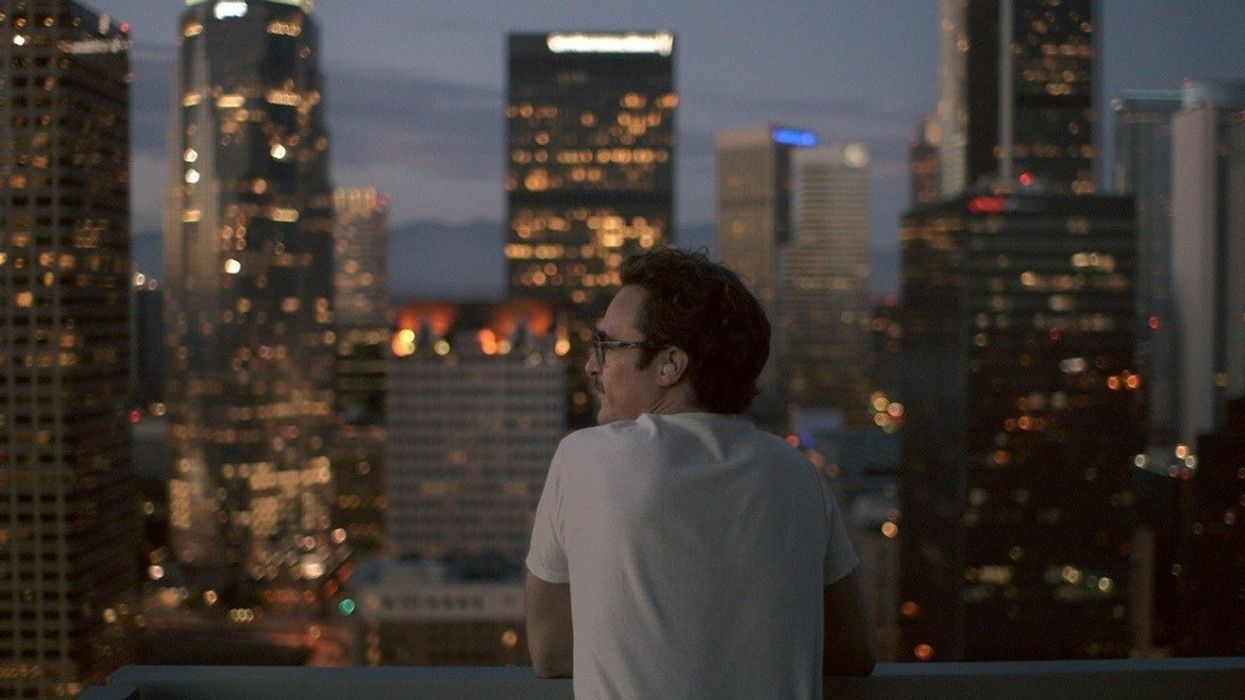Explore DP Hoyte Van Hoytema's Beautiful Cinematography in 'Her'
How do you tell the fiercely unique story of a man falling in love with his operating system?

If you're director Spike Jonze and DP Hoyte van Hoytema, you do it through the visuals. Matthew Workman offers up this exhaustive look at the cinematography of Her for yet another cinematography breakdown. In it, you'll learn not only about how Hoytema created this beautifully subdued environment, but also some helpful shooting techniques that you can employ in your own work. It's a long video (over an hour), but watch it all! You won't regret it.
There are several things at work cinematographically in Her. The film is extremely emotional and pays close attention to protagonist Theodore's feelings of loneliness and infatuation, as well as love interest Samantha's feelings of wonder and excitement from being exposed to the world for the first time. Hoytema's main challenge was finding ways to capture these themes visually using lighting, framing, and color, and he did this by getting close to subjects, shaping the light to create vibrant scenes, and utilizing colors—mainly blue and red—as a storytelling device to show the emotional state of the characters.
The resulting film is lush with intimacy and nostalgia, something Jonze and Hoytema decided to express by shooting a lot of interior scenes and close-ups using the ARRI Alexa (because of its high latitude) and an array of high-speed/vintage lenses, which also let them capture interesting "vintage" lens flares and artifacts.
Technical stuff aside, Workman talks at length about some very textbook cinematography techniques that Hoytema employed in Her. For example, how to abide by, and then break, the 180-degree rule. This is a piece of information that you'd definitely learn in film school, but may not be super accessible online. (Which is why I love the fact that Workman brought it up!) Most filmmakers are aware of what the 180-degree rule is—a concept that essentially says all action must be captured on one side of an imaginary line (the axis) that bisects the space in which you're shooting. Crossing the line could mean confusing your audience's "mental map" of the scene.

But, what if you want to capture shots from the opposite side of the line? (Hoytema wanted to do this to visually show Samantha's transformation from an OS into a love interest.) Well, there are steps you have to take first—you can't just cut from one side to the other. If you capture a shot from along the 180-degree line, or axis (which would appear as a single shot, rather than a two-shot or over-the-shoulder shot), you can then make the transition to the other side.
What lessons did you learn from Workman's breakdown of Her? What do you like about Hoytema's approach to cinematography in the film? Let us know in the comments below!
Source: Cinematography Database












